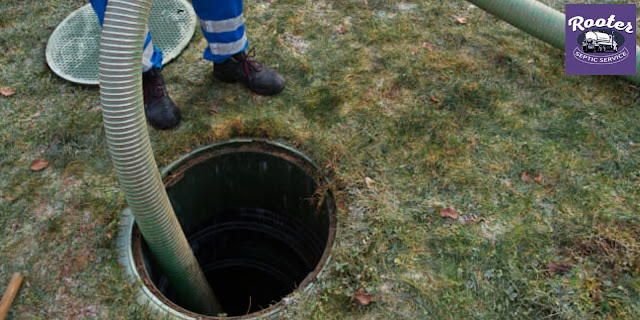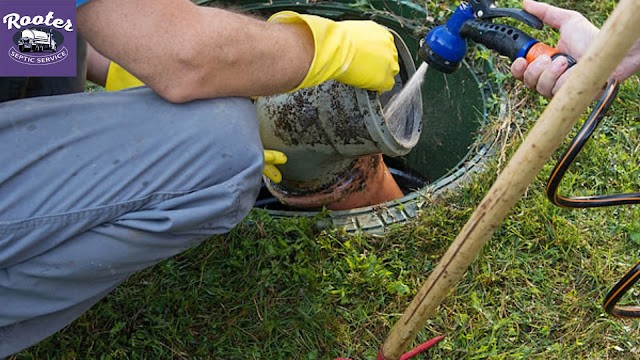Navigating the Steps of Septic Tank Pumping
Introduction:
Septic tank pumping is a crucial maintenance task for any property relying on a septic system for waste management. Understanding the process and navigating its steps ensures the proper functioning and longevity of your septic system. Let's delve into the intricacies of septic tank pumping and how to navigate each step effectively, ensuring optimal performance and environmental integrity for properties when it comes to septic pumping in Canton.

Step 1: Assessment and Preparation
Before beginning the pumping process, a thorough assessment of the septic tank's condition is necessary. This involves locating the tank, uncovering access points, and inspecting the tank's integrity. Additionally, ensure proper equipment readiness, including the septic pump and necessary safety gear.
Step 2: Accessing the Septic Tank
Once the assessment is complete, it's time to access the septic tank. This often involves removing the tank's lid or accessing ports designed for pumping. Care must be taken during this step to prevent damage to the tank or surrounding area.
Step 3: Pumping the Tank
With access granted, the pumping process commences. A powerful vacuum truck is typically used to extract the sludge and scum layers accumulated within the tank. Professional technicians handle this task meticulously, ensuring thorough removal of all waste materials.
Step 4: Inspection and Maintenance
While pumping the tank, technicians may conduct a visual inspection of its interior. This allows them to identify any signs of damage, leaks, or other issues that may require attention. Additionally, routine maintenance tasks such as checking baffles, filters, and effluent levels may be performed during this step.
Step 5: Disposal of Waste
Once the tank is pumped and inspected, the extracted waste is transported to designated disposal facilities. Proper disposal methods are crucial to environmental protection and compliance with regulations. Reputable service providers ensure responsible waste management practices throughout this process.
Step 6: Tank Closure and Restoration
After pumping and inspection are complete, the septic tank is securely closed to prevent unauthorized access and ensure safety. The area surrounding the tank is restored to its original condition, with lids properly secured and any disturbed landscaping or soil replaced.
Conclusion:
Navigating the steps of septic tank pumping is essential for maintaining a healthy and functional septic system with Rooter Septic Services. By understanding each phase of the process and working with experienced professionals, property owners can ensure efficient waste management and prolong the lifespan of their septic systems. Regular pumping and maintenance not only prevent costly repairs but also promote environmental sustainability.



Comments
Post a Comment